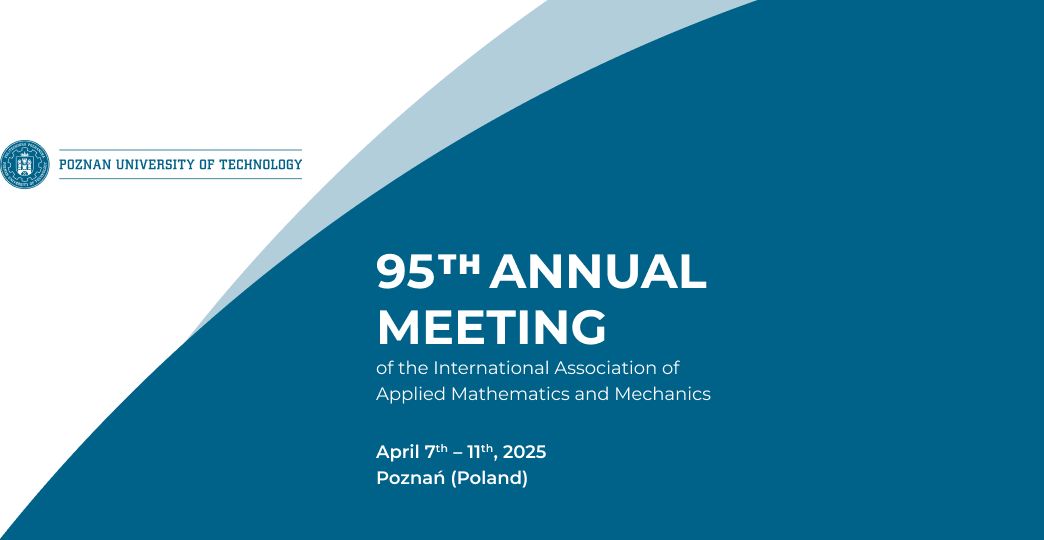Speaker
Description
This talk addresses the design of predictive controllers that ensure the satisfaction of safety-critical constraints for uncertain dynamical systems. In particular, model predictive control (MPC) provides a natural approach to satisfy safety-critical constraints for general nonlinear dynamical systems, assuming an accurate model is available. In this talk, I will present robust design methods that account for the mismatch between our model and the true system dynamics. Furthermore, I will discuss data-driven techniques to extract information about the model and its uncertainty from experimental data, providing an automated design pipeline.
A key challenge is to efficiently account for the uncertainty in the prediction of nonlinear systems. I will present a framework that addresses this problem using contraction metrics, a tool from nonlinear control theory.Specifically, this allows us to efficiently predict sets containing all uncertain future trajectories, which are then embedded into standard MPC solvers. I will demonstrate that this framework can account for a wide range of model uncertainties, such as disturbances, uncertain parameters, noisy measurements, unmodeled nonlinearities, and even (unbounded) stochastic noise. I will also highlight how online model adaptation can improve performance while maintaining safe operation. Overall, this provides a modern control framework that integrates techniques from predictive control, nonlinear control, robust designs, and online adaptation to guarantee stability and safety for nonlinear uncertain systems. Practicality will be demonstrated with numerical and experimental applications.
In the second part of the talk, I will present our recent framework, data to predictive control (D2PC). This is an automated design pipeline for predictive controllers for the special case of linear system dynamics subject to Gaussian process and measurement noise. This approach extracts the relevant model information and characterization of uncertainty directly from data using maximum likelihood estimation and asymptotically correct uncertainty quantification. This is accomplished with a generalized expectation-maximization approach, which allows one to incorporate quite general prior information while keeping the computational complexity low. Then, tailored robust control and robust-stochastic-predictive control implementations are developed that directly account for the structure in the model error resulting from the model identification. In combination, this provides a design that is completely automated and guarantees safe operation and stability with a user-chosen probability.

